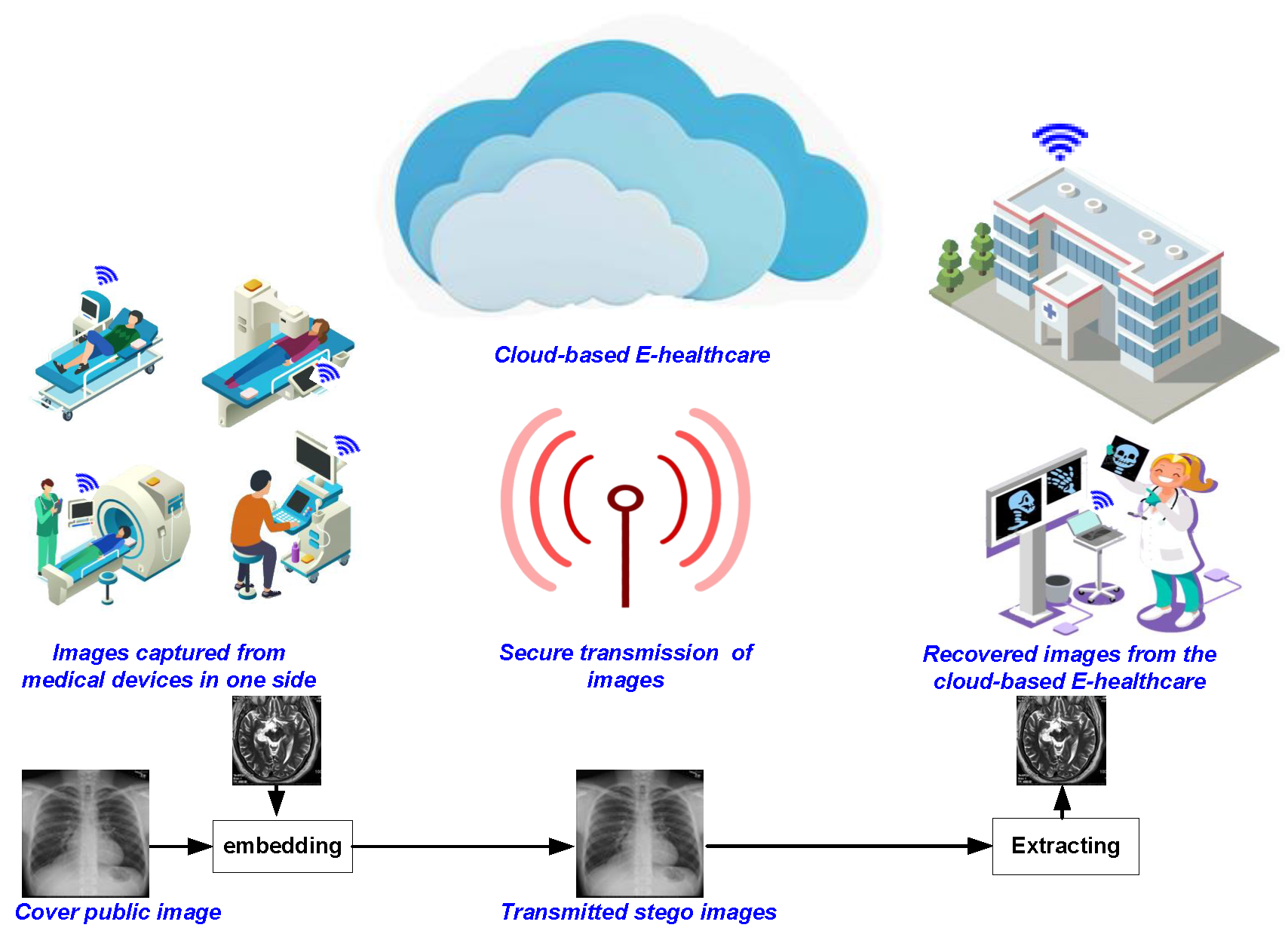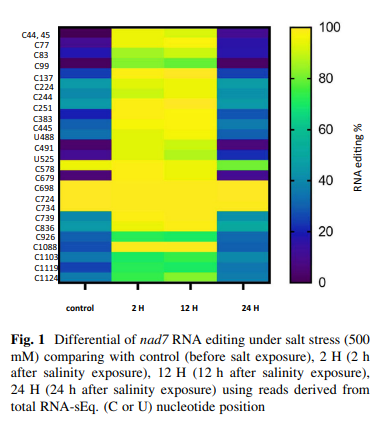
A robust quasi-quantum walks-based steganography protocol for secure transmission of images on cloud-based E-healthcare platforms
Traditionally, tamper-proof steganography involves using efficient protocols to encrypt the stego cover image and/or hidden message prior to embedding it into the carrier object. However, as the inevitable transition to the quantum computing paradigm beckons, its immense computing power will be exploited to violate even the best non-quantum, i.e., classical, stego protocol. On its part, quantum walks can be tailored to utilise their astounding ‘quantumness’ to propagate nonlinear chaotic behaviours as well as its sufficient sensitivity to alterations in primary key parameters both important properties for efficient information security. Our study explores using a classical (i.e., quantum-inspired) rendition of the controlled alternate quantum walks (i.e., CAQWs) model to fabricate a robust image steganography protocol for cloud-based E-healthcare platforms by locating content that overlays the secret (or hidden) bits. The design employed in our technique precludes the need for pre and/or post encryption of the carrier and secret images. Furthermore, our design simplifies the process to extract the confidential (hidden) information since only the stego image and primary states to run the CAQWs are required. We validate our proposed protocol on a dataset of medical images, which exhibited remarkable outcomes in terms of their security, good visual quality, high resistance to data loss attacks, high embedding capacity, etc., making the proposed scheme a veritable strategy for efficient medical image steganography. © 2020 by the authors. Licensee MDPI, Basel, Switzerland.


